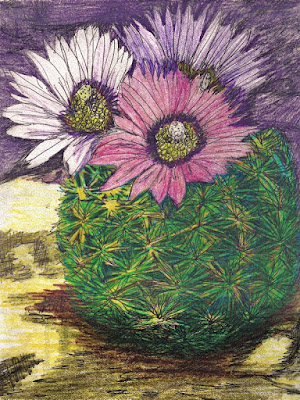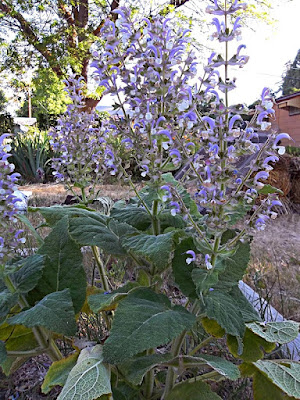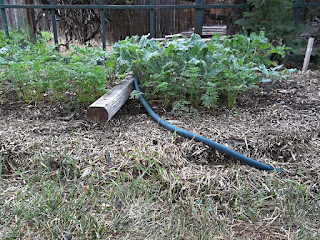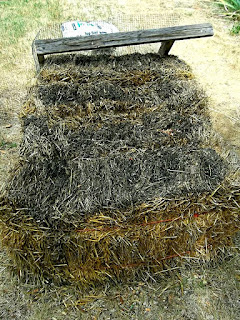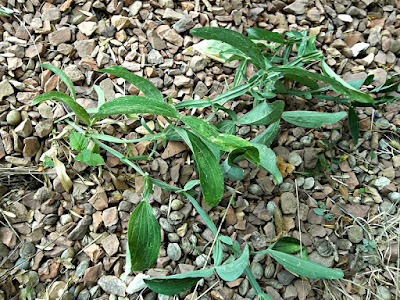This is the first in a series of articles about applying the principles of forms of fine art to various types of needlework. Many people think that these principles apply only to painting, but that is not so. Fine stitching is every bit as beautiful as fine brushwork. And it is every bit as satisfying, as well. We are going to give you information that we hope will help you in either painting or needlework, as well as some history of, and interesting facts about, each art form.
“Art is when anyone in the world takes any kind of material and fashions a deliberate statement with it.”
Thomas Hoving, Former Director of the Metropolitan Museum of Art
Thomas Hoving, Former Director of the Metropolitan Museum of Art
That is my favorite definition of art! Now, before you read any further, get a large piece of paper and a marking pen. Write boldly “Art is when (insert your name) takes (list some of the tools and materials you can use to do needlework, such as a needle and yarn) and fashions a deliberate statement with it.” Put that paper somewhere that you will see it at least once every day. When you see it, read it out loud. Accept it. Believe it. Make it happen.
Your statement does not need to be profound. It may be as simple as, “I want to preserve this lovely rose in a way that it will not wither and die,” or “I want to make a cowboy picture for Billy while he is still at the age when he wants to be one.”
Still Life in Art Needlework, Part I
Still life subjects have been inspiring artists for centuries. It is one of the easiest kinds of composition because you are dealing with inanimate objects, potted plants, vases of flowers and bowls of fruit, which can be moved and rearranged as you desire. Unlike our uncooperative shop cat, they will not get up in the middle of your sketch and walk out of the room. The flowers and fruit will last for several days, allowing you to work at your own pace. In this series of posts, we are going to examine still life projects in several kinds of needlework. I do many quick sketches in pencil, pen, pastel and crayon that I file for future reference. A few of these eventually become needlework projects. Here is one under consideration for crewel over a tapestry stitch background.
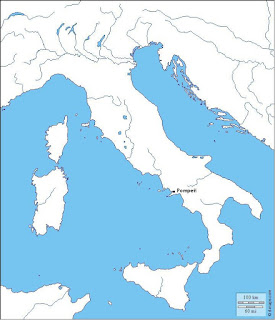 |
| Map of Italy showing location of Pompei |
Most books about still life painting, if they deal with its history at all, start with the giants of Spanish late 16th Century and early 17th Century art, Velasquez and Goya. But that is about 16 centuries late. Today we think of a still life as a framed picture or perhaps a photograph on a calendar page, But the original still life pictures, dating from ancient Greece and Rome, were wall-sized paintings and mosaics. We have wonderful examples of these because of a terrible tragedy. In August, 79 A.D. (C.E.), Mount Vesuvius erupted, burying the city of Pompeii with up to 20 feet (6 meters) of ash. When the ash was finally removed from the houses, the interiors were found to be remarkably well-preserved. The wall paintings of familiar objects give us a good picture of how each room was used. In one kitchen, for example, you might see pictures of kitchen utensils, towels, dishes, and foods like eggs and fruit. These were painted realistically and in great detail.
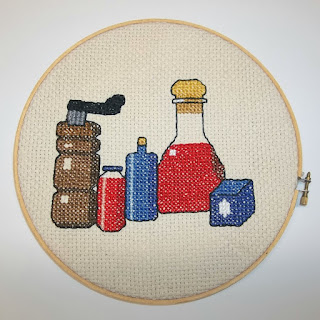 |
| Condiment still life, cross-stitch on monks cloth |
You can find all kinds of items in your kitchen to put together to make your own still life design. Or make a design of other items like children's toys or things from a person's hobby or occupation. Look at the arrangement at the beginning of this chapter. This is done in punch-needle work on the back of a jacket and features items that might belong to a country singer or musician.
You can always arrange your art or craft materials into a still life. When I start a series of works on a theme — sunflowers or butterflies, for example — I assemble a table full of reference materials to consider while I design. Since these cannot move or change on their own, they constitute a still life composition. You can see a group of those at the end of this post.
At one time, not too long ago, there were generally accepted rules for painting still life pictures. There were to be several objects on a table in front of a fairly dark background that wasn't very important to the picture. There was a very shallow depth of field. Textures were often more important than colors. The viewers eyes were supposed to be drawn upward and diagonally across the picture, usually to the right-hand side. It is easy to imagine just how dull and uninteresting many of the compositions painted according to the rules must have been. Aren't we lucky that artists today are not expected to follow those rules?
 |
| To download, click here |
A still-life need not be done in colors. Think of how expressive a pencil, charcoal, or pen-and-ink drawing can be. A good technique for doing a still life in a single color is Spanish blackwork (hereafter simply called blackwork). This technique flourished in Elizabethan times and has enjoyed a modern renaissance. The shapes are done in an outline stitch like chain stitch, Shading and filling is done with a variety of diaper patterns done in small straight stitches. For more about blackwork and for samples of diaper patterns, see the posts for October 6, 2013, October 18, 2013, February 27, 2014, and January 15, 2017. (Use our search engine to locate these posts.)
Next time, I will take you step-by-step through the making of both a multicolor design and one for a technique you can do in blackwork, redwork, whitework, or any single color you desire. In the meantime, choose your favorite version of the simple design above. Or choose another design that you have made up on your own. Now, having decided what form of needlework you want to use, you are ready to transfer those outlined areas to your canvas or fabric. If you are using needlepoint or rug canvas, tape your pattern to a light-box or a sunny window and trace the lines directly onto your canvas. For directions for preparing the canvas, see the bottom of the post for May 11, 2014. If you are using fabric, you may want to use a hot-iron transfer. For directions to make one, go to the post for October 6, 2013. Remember that a hot-iron transfer reverses everything in your original pattern, so be careful about using any lettering or anything that will look wrong if it is reversed.
Happy designing!
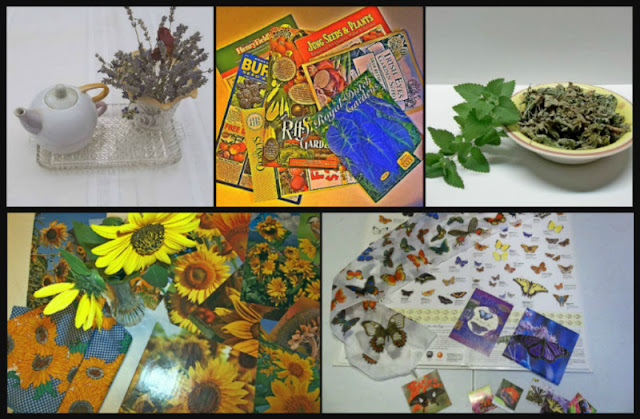 |
| Illustrations from previous posts that can be considered as still lifes |
 This post by Annake's Garden is licensed under a Creative Commons Attribution-NonCommercial-ShareAlike 3.0 Unported License.
This post by Annake's Garden is licensed under a Creative Commons Attribution-NonCommercial-ShareAlike 3.0 Unported License.

